|
|
|
|
Image Gallery for Paroxya clavuligera - Olive-green Swamp Grasshopper
|
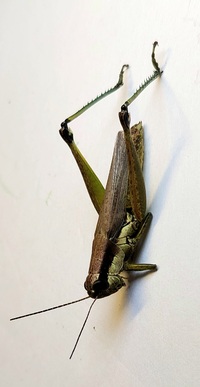 | Recorded by: Mark Basinger and Donald Zepp
Johnston Co.
Comment: | 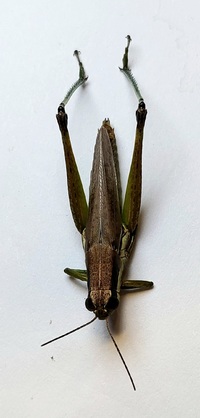 | Recorded by: Mark Basinger and Donald Zepp
Johnston Co.
Comment: |
 | Recorded by: Mark Basinger and Donald Zepp
Wilson Co.
Comment: | 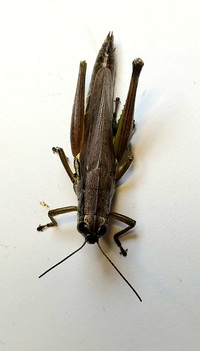 | Recorded by: Mark Basinger and Donald Zepp
Wilson Co.
Comment: |
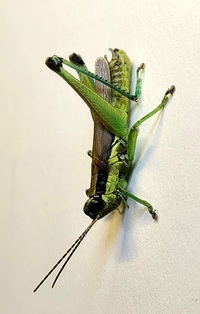 | Recorded by: Mark Basinger
Wayne Co.
Comment: |  | Recorded by: Mark Basinger
Wayne Co.
Comment: |
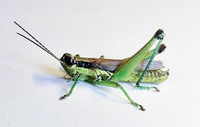 | Recorded by: Mark Basinger
Wayne Co.
Comment: |  | Recorded by: Mark Basinger
Brunswick Co.
Comment: |
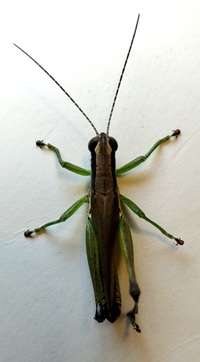 | Recorded by: Mark Basinger
Brunswick Co.
Comment: |  | Recorded by: Mark Basinger
Brunswick Co.
Comment: |
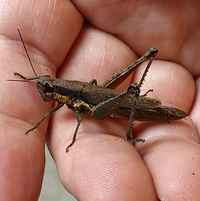 | Recorded by: Mark Basinger
Edgecombe Co.
Comment: | 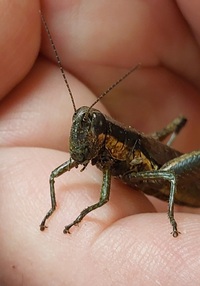 | Recorded by: Mark Basinger
Edgecombe Co.
Comment: |
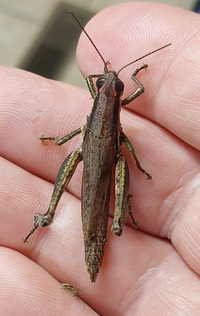 | Recorded by: Mark Basinger
Edgecombe Co.
Comment: |  | Recorded by: R. Newman; L. Eckart
Carteret Co.
Comment: |
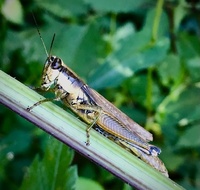 | Recorded by: Ken Kneidel
Mecklenburg Co.
Comment: |  | Recorded by: Mark Shields
Robeson Co.
Comment: |
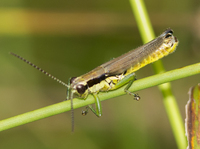 | Recorded by: John Petranka
Durham Co.
Comment: |  | Recorded by: Randy Newman
Carteret Co.
Comment: |
 | Recorded by: Mark Shields
Carteret Co.
Comment: |  | Recorded by: Mark Shields
Onslow Co.
Comment: |
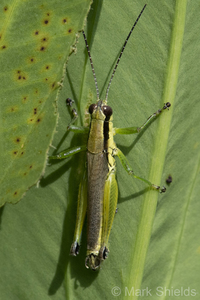 | Recorded by: Mark Shields
Onslow Co.
Comment: | 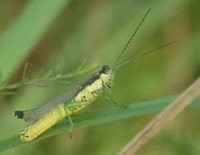 | Recorded by: Tracy S. Feldman
Scotland Co.
Comment: |
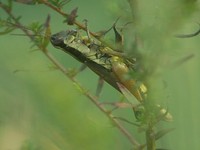 | Recorded by: Tracy S. Feldman
Scotland Co.
Comment: |  | Recorded by: Mark Shields and Hunter Phillips
Tyrrell Co.
Comment: |
 | Recorded by: Stephen Hall
Orange Co.
Comment: |  | Recorded by: E. Corey
Washington Co.
Comment: |
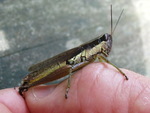 | Recorded by: FKW, SBW
Gates Co.
Comment: | 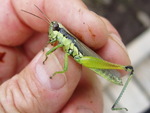 | Recorded by: FKW, SBW
Gates Co.
Comment: |
|
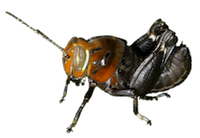
 »
»



 »
»

